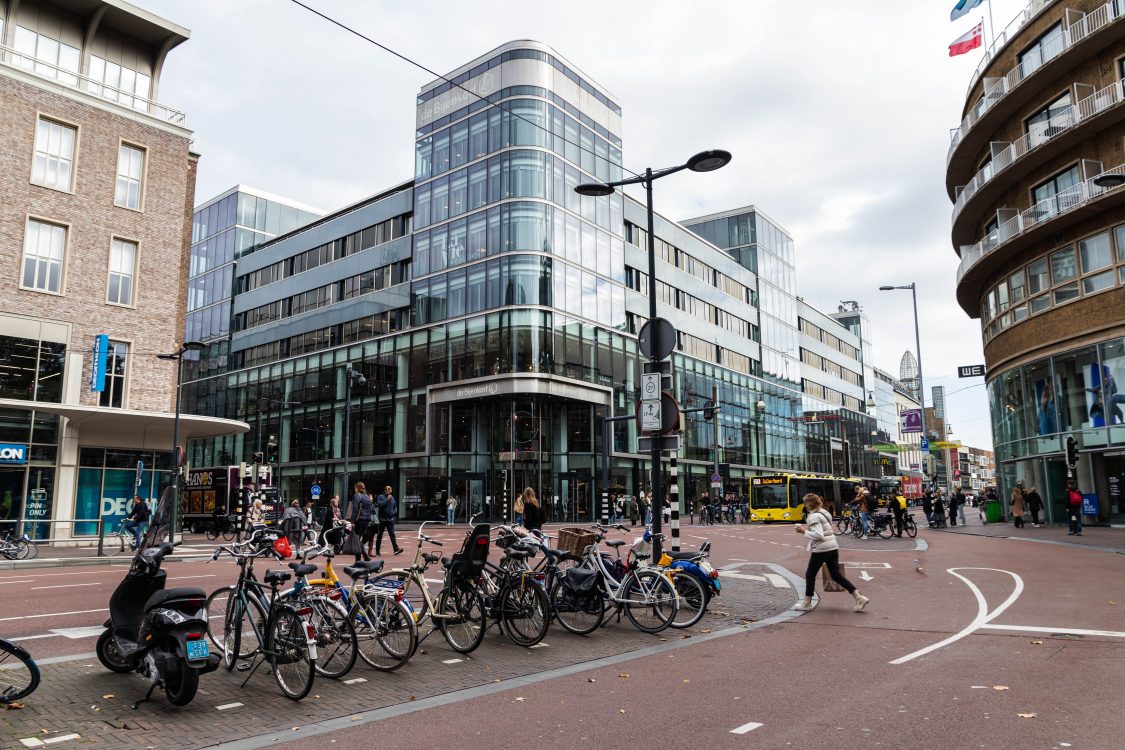Utrecht's Green Vision: A Decade in the Making
In 2015, Utrecht embarked on an ambitious project to transform its urban landscape. The city, known for its dense population and historical architecture, faced challenges typical of urban sprawl: limited green spaces and declining biodiversity. Over the past decade, Utrecht has reimagined its urban planning, integrating nature into its very fabric.
The Birth of Biodiversity Corridors
The concept of biodiversity corridors was central to Utrecht's transformation. These corridors are continuous strips of natural habitat that connect isolated green spaces, allowing flora and fauna to thrive. Utrecht's planners identified key areas where these corridors could be established, linking parks, gardens, and even rooftops.

Rooftop Gardens: A New Urban Ecosystem

One of the most innovative aspects of Utrecht's plan was the introduction of rooftop gardens. These gardens not only provide insulation for buildings but also create habitats for birds and insects. The city incentivized businesses and homeowners to convert their rooftops, resulting in over 200,000 square meters of new green space by 2025.

Community Involvement: A Grassroots Movement
Utrecht's success can be attributed to its community involvement. Local residents participated in planting native species in public spaces and maintaining community gardens. Schools incorporated biodiversity projects into their curricula, fostering a new generation of environmentally conscious citizens.
Measurable Impact on Local Wildlife
The impact of these efforts is evident. Bird species such as the European goldfinch and the common swift have seen population increases. Insects, crucial for pollination, have also benefited, with a notable rise in bee populations. These changes have contributed to a healthier urban ecosystem, improving air quality and reducing urban heat.
Challenges and Future Plans
Despite its successes, Utrecht faces ongoing challenges. Balancing urban development with green initiatives requires careful planning and community cooperation. The city plans to expand its biodiversity corridors further, aiming to connect with neighboring municipalities, creating a regional network of green spaces.
Utrecht's transformation serves as a model for cities worldwide, demonstrating that urban areas can coexist with nature through thoughtful planning and community engagement.










